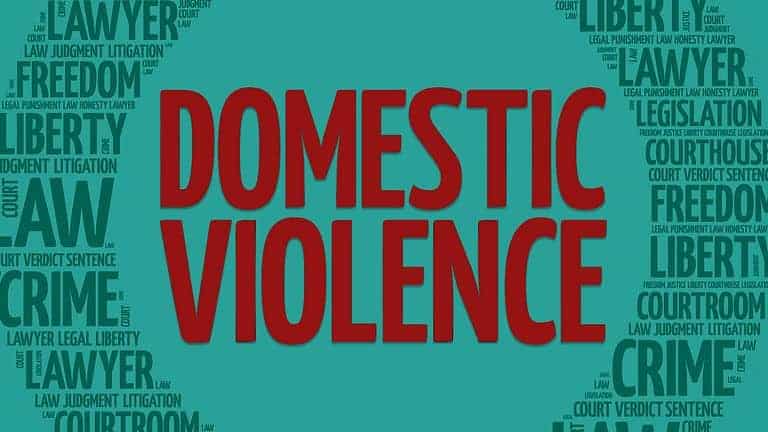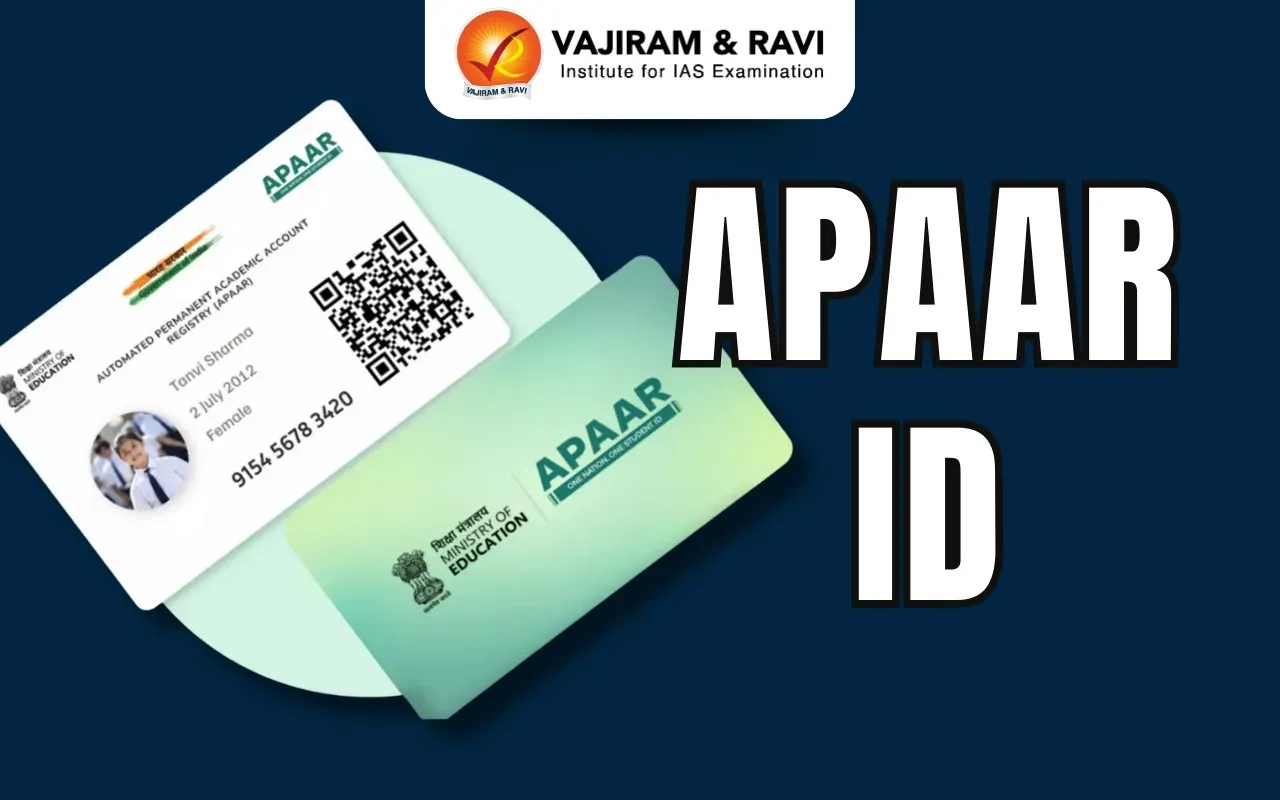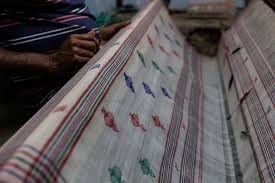About Protection of Women from Domestic Violence Act 2005 (DV Act)
- The DV Act was enacted by Parliament on September 13, 2005, and extends to the whole of India.
- It is basically meant to provide protection to a wife or female live-in partner from violence at the hands of the husband, or a male live-in-partner, or his relatives.
- Domestic violence under the Act includes actual abuse or the threat of abuse, whether physical, sexual, verbal, emotional, or economic.
- Harassment by way of dowry demands is also covered under the definition of domestic violence.
- Who is covered under the Act?
- The Act covers all women who may be mother, sister, wife, widow, or partners living in a shared household.
- The relationship may be in the nature of marriage or adoption.
- In addition, relationships with family members living together as a joint family are also included.
- Who can file a complaint?
- Any woman who alleges to have been subjected to any act of domestic violence by the offender or any person may file a complaint on her behalf.
- A child is also entitled to relief under the DV Act. The mother of such a child can make an application on behalf of her minor child (whether male or female).
- In cases where the mother makes an application to the court for herself, the children can also be added as co-applicants.
- However, no female relative of the husband or the male partner can file a complaint against the wife or the female partner.
- Against whom can a complaint be filed?
- Any adult male member who has been in a domestic relationship with the woman
- Relatives of the husband or the male partner (Includes both male and female relatives of the male partner)
- Remedies available: Under the law, women can apply for reliefs such as
- Protection Order
- Residence Order for residing at Matrimonial House
- Monetary Orders, which include maintenance for herself and her children
- Temporary custody of children
- Compensation order for the damages caused to her
- It is only when the relief granted by the courts is breached that criminal action is taken against the respondent.
- Protection Officers:
- Under the DV Act, Protection Officers have been appointed by the Government to help the aggrieved woman in filing the case.
- They are to be attached to the Magistrates of the courts for the area notified for each protection officer.
- The Protection Officer facilitates the women to approach the court by providing legal aid and get appropriate relief from the courts concerned.
- Further, they execute the orders of the Court wherever necessary with the help of the police.
- Options are also available to the aggrieved person to file the petition before the Judicial Magistrate Court, or with the service provider, or at a nearby police station.
- Service Providers:
- Under the DV Act, Service Providers are members of notified Non Governmental Organizations.
- They co-ordinate with all the stakeholders to get justice and relief for the victims of domestic violence.
- They help the aggrieved women in filing the Domestic Incident Report, provide accommodation in the short-stay homes along with their children, counsel them, and help the aggrieved get medical treatment if necessary.
- They also impart them with vocational training to help them secure employment and sustainable income.
Q1) What is a Non Governmental Organization (NGO)?
An NGO is a group that functions independently of any government. It is usually non-profit. NGOs, sometimes called civil society organizations, are established on community, national, and international levels to serve a social or political goal such as a humanitarian cause or the protection of the environment.
Source: Supreme Court to decide whether transgender woman can claim maintenance under Domestic Violence Act
Last updated on December, 2025
→ Check out the latest UPSC Syllabus 2026 here.
→ Join Vajiram & Ravi’s Interview Guidance Programme for expert help to crack your final UPSC stage.
→ UPSC Mains Result 2025 is now out.
→ UPSC Notification 2026 is scheduled to be released on January 14, 2026.
→ UPSC Calendar 2026 is released on 15th May, 2025.
→ The UPSC Vacancy 2025 were released 1129, out of which 979 were for UPSC CSE and remaining 150 are for UPSC IFoS.
→ UPSC Prelims 2026 will be conducted on 24th May, 2026 & UPSC Mains 2026 will be conducted on 21st August 2026.
→ The UPSC Selection Process is of 3 stages-Prelims, Mains and Interview.
→ UPSC Result 2024 is released with latest UPSC Marksheet 2024. Check Now!
→ UPSC Prelims Result 2025 is out now for the CSE held on 25 May 2025.
→ UPSC Toppers List 2024 is released now. Shakti Dubey is UPSC AIR 1 2024 Topper.
→ UPSC Prelims Question Paper 2025 and Unofficial Prelims Answer Key 2025 are available now.
→ UPSC Mains Question Paper 2025 is out for Essay, GS 1, 2, 3 & GS 4.
→ UPSC Mains Indian Language Question Paper 2025 is now out.
→ UPSC Mains Optional Question Paper 2025 is now out.
→ Also check Best IAS Coaching in Delhi

















